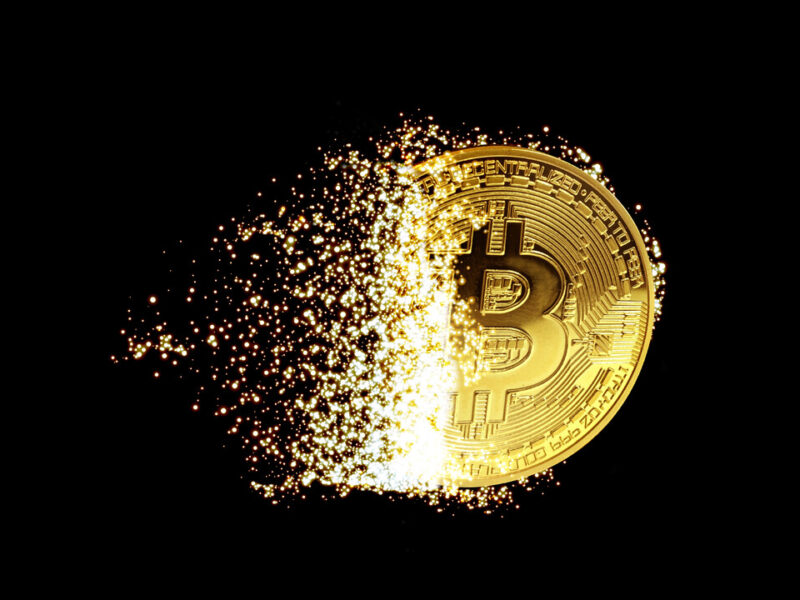The stock market is known for its volatility, but some crashes are a complete surprise, even to seasoned investors. One such collision occurred in 2008, a financial disaster that sent shockwaves through the global economy. Despite numerous warning signs, the crisis caught most people off guard, leaving many wondering how it could have happened. In this article, we’ll explore the 2008 crash, the ignored warning signs, and the lessons learned from this devastating event.
One of the primary causes of the 2008 stock market crash was the bursting of the housing bubble, which had been building for years. Leading up to the crash, home prices across the United States had been rising unsustainable. Many people were purchasing homes they couldn’t afford, often with risky subprime mortgages—loans given to borrowers with poor credit histories. These risky loans were bundled into complex financial products called mortgage-backed securities (MBS) and sold to investors.
Banks and financial institutions, eager to profit from the housing boom, continued to offer these high-risk loans. Meanwhile, rating agencies assigned top ratings to mortgage-backed securities, even though they were based on unstable mortgages. The situation was apparent to a few. Still, for most investors, the ongoing rise in home prices and the illusion of ever-increasing returns obscured the growing risks.
Another major warning sign was the excessive risk-taking by financial institutions. Banks were issuing risky mortgages and engaging in highly speculative practices. Investment banks, such as Lehman Brothers, Bear Stearns, and others, had become heavily involved in trading mortgage-backed securities and other complex derivatives, creating a financial house of cards. The belief that home prices would continue to rise led many investors to become overly confident in the stability of the housing market and its financial products.
Financial institutions also leveraged themselves to extreme levels, borrowing money to fund even riskier investments. This created a dangerous situation where the slightest dip in housing prices or default on subprime loans could lead to massive losses. Yet, most investors and analysts were blind to the impending danger, continuing to invest in the belief that the market would never go down.
The financial products designed to mitigate risk—such as collateralized debt obligations (CDOs) and credit default swaps (CDS)—were intended to spread the risk of default. However, these products ended up making the situation worse. These derivatives were often poorly understood and traded at an unprecedented scale. The problem was that while these financial instruments were supposed to spread risk, they multiplied it, tying institutions together in a web of interdependent financial products.
When the housing market began to decline, many of these financial products lost value, triggering a domino effect that led to the collapse of several major financial institutions. Lehman Brothers, one of the largest investment banks, declared bankruptcy in September 2008, causing panic across global markets. The failure of such a large player in the financial system underscored the fragility of the entire market.
In the years leading up to the crash, plenty of warning signs were ignored or downplayed. For one, experts and analysts have been raising concerns about the housing bubble and the excessive risk-taking in the financial sector. Economists such as Robert Shiller, who predicted the 2008 crash, warned about the unsustainable rise in housing prices, but the mainstream financial media and investors largely dismissed their warnings.
The growing use of complex derivatives should have been a red flag. Few people truly understood these financial products’ intricate and high-risk nature, and regulators failed to monitor their use adequately. Financial institutions were blinded by the pursuit of profits, and the belief that the market was self-correcting led to complacency.
When the housing bubble burst, and the value of mortgage-backed securities plummeted, the entire financial system was at risk. The stock market quickly followed, with global stock indices losing trillions of dollars in value. The 2008 crash led to the Great Recession, the worst global economic downturn since the Great Depression. Unemployment soared, countless businesses went bankrupt, and millions lost their homes and savings.
The failure of large banks and the housing market’s collapse led to widespread panic. The U.S. government intervened with massive bailout packages, injecting billions of dollars into the financial system to prevent further collapse. However, the damage had already been done. The economic ripple effects were felt globally, as countries like the European Union and emerging markets also struggled to recover.
The 2008 stock market crash is a powerful lesson in the dangers of excessive risk-taking and the importance of understanding financial products. One of the key takeaways is the need for greater transparency in financial markets. The complex derivatives and risky financial products that played a role in the crash should have been better regulated, and their risks should have been more clearly communicated to investors.
Another lesson is the importance of humility in investing. The belief that the market will always rise is dangerous, and investors must be cautious of bubbles and overconfidence. Diversification and long-term thinking remain crucial strategies to mitigate risk.
Finally, the crash revealed the need for stronger regulatory oversight. While financial regulations have been strengthened in the years following the crash, the 2008 crisis demonstrated that regulators must be vigilant and proactive in identifying and addressing systemic risks before they spiral out of control.
Conclusion
The 2008 stock market crash was devastating, leaving millions facing financial ruin. Despite numerous warning signs, the risks were ignored, and the market was left vulnerable. While significant strides have been made to prevent another such disaster, the lessons of 2008 remain relevant today. Investors and regulators must continue to be cautious, skeptical, and vigilant to prevent another crash with similar consequences.



